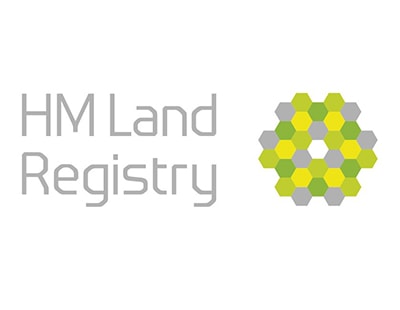
HM Land Registry is now accepting witnessed electronic signatures on documents for the transfer of ownership of property, the creation of leases, and on securing mortgages.
It says this should allow a substantial simplification and faster execution of conveyancing – although it warns that some electronic signature providers may need to make some minor changes to meet its security requirements.
It will work like this: a conveyancer must upload the deed to an online platform which sends a link to the signatories.
Once they have completed the necessary authentication checks, they would then ‘sign’ the document electronically in the physical presence of the witness who then also signs.
The conveyancer is then notified that the signing process has been concluded and, once they have effected completion of the deed, can submit the completed deed to HM Land Registry with their application for registration.
In every case the online platform would need to include two-factor authentication to authenticate the signatories and witness accessing the deed and provide assurance that unique individuals have signed.
A link to the document is emailed and then an authentication code sent to the individual’s mobile phone.
“What we have done today is remove the last strict requirement to print and sign a paper document in a home buying or other property transaction. This should help right now while lots of us are working at home, but it is also a keystone of a truly digital, secure and more efficient conveyancing process that we believe is well within reach” explains Simon Hayes, the Registry’s chief executive and chief land registrar.
“The more sophisticated qualified electronic signatures are a part of that vision and encouraging those is where our attention will be directed next” he adds.

